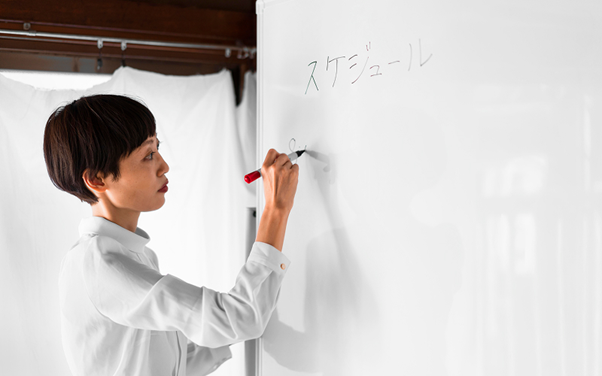Bilingual education has gained significant traction in Singapore’s early childhood sector, largely due to the nation’s multilingual culture and policy framework. However, one of the most pressing concerns for parents enrolling their children in a bilingual preschool is how literacy is taught across two languages without confusing or overwhelming the child. Effective literacy development in bilingual settings hinges on intentional curriculum design, structured exposure, and skilled pedagogy.
Discover how bilingual preschools in Singapore approach literacy in two languages within their curriculum.
Clear Language Allocation in Daily Structure
Most bilingual preschools adopt a dual-language immersion model, where both languages, typically English and Mandarin, are allocated specific time blocks throughout the day. This approach is rooted in research that shows young children can differentiate languages when given consistent exposure in structured environments. Teachers are usually native or highly proficient speakers of their designated language and conduct lessons exclusively in that language during their sessions. This separation helps avoid code-switching confusion and strengthens language identity.
A preschool curriculum might include a morning session taught in Mandarin focusing on storytelling, vocabulary, and thematic exploration, followed by an English-language session after snack or play time. This division helps children compartmentalise each language cognitively, supporting more efficient literacy acquisition in both.
Literacy Milestones Are Tracked Independently
While many skills overlap between learning to read and write in both languages, such as phonological awareness or fine motor control, bilingual preschools track literacy milestones separately. English literacy development might focus on phonics, sight word recognition, and alphabet knowledge, while Mandarin instruction may emphasise stroke order, character recognition, and tonal pronunciation.
Teachers assess progress within each language strand to ensure children are not lagging behind in either. Intervention is language-specific if discrepancies are noted. For instance, a child struggling with Mandarin character recognition may receive additional practice through visual aids and repetition, while another having difficulty with English sentence structure may be guided through targeted reading exercises.
Use of Thematic and Integrated Curriculum Models
Many bilingual preschools implement a thematic approach where both language classes revolve around the same topic, such as animals, seasons, or family, but are explored through different linguistic lenses. This integrated model reinforces concepts while providing ample vocabulary exposure in both languages. It reduces cognitive overload by keeping the content familiar, allowing children to focus on language form and structure.
For example, a unit on “transportation” may include a Mandarin story about buses and trains, followed by an English role-play activity involving vehicles. Even though the language medium changes, the continuity of content strengthens conceptual and linguistic understanding.
Parent Involvement and Home Support
Home language reinforcement is critical in any bilingual education model. Bilingual preschools typically provide parents with weekly updates, reading lists, and at-home activity guides in both English and Mandarin. These materials are designed to mirror the preschool curriculum, ensuring consistency between school and home environments.
Workshops are also commonly offered to help parents understand how to support dual-language literacy, even if they are not fluent in both languages themselves. Encouraging parents to read aloud, engage in bilingual storytelling, or expose children to songs and cultural media in both languages enhances literacy retention and application.
Educator Training and Language-Specific Pedagogy
Literacy success in bilingual settings relies heavily on the proficiency and training of educators. Preschools often hire teachers with specialised qualifications in early childhood bilingual education. These teachers are trained to identify language interference patterns, scaffold instruction appropriately, and employ visual, auditory, and kinesthetic strategies tailored to each language.
Moreover, the preschool curriculum is aligned with frameworks such as the NEL (Nurturing Early Learners) framework by MOE, which provides literacy development benchmarks across languages. This ensures that bilingual literacy goals remain developmentally appropriate and aligned with national educational standards.
Conclusion
Bilingual preschools in Singapore use a methodical and research-based approach to dual language literacy development. These institutions foster balanced proficiency in both English and Mandarin through structured language separation, theme-based learning, and ongoing assessment. The curriculum is carefully designed to accommodate the cognitive and linguistic needs of young learners, ensuring that early literacy is not only achievable but sustainable across two languages.
Visit Orange Tree Preschool to give your child a strong linguistic foundation.









